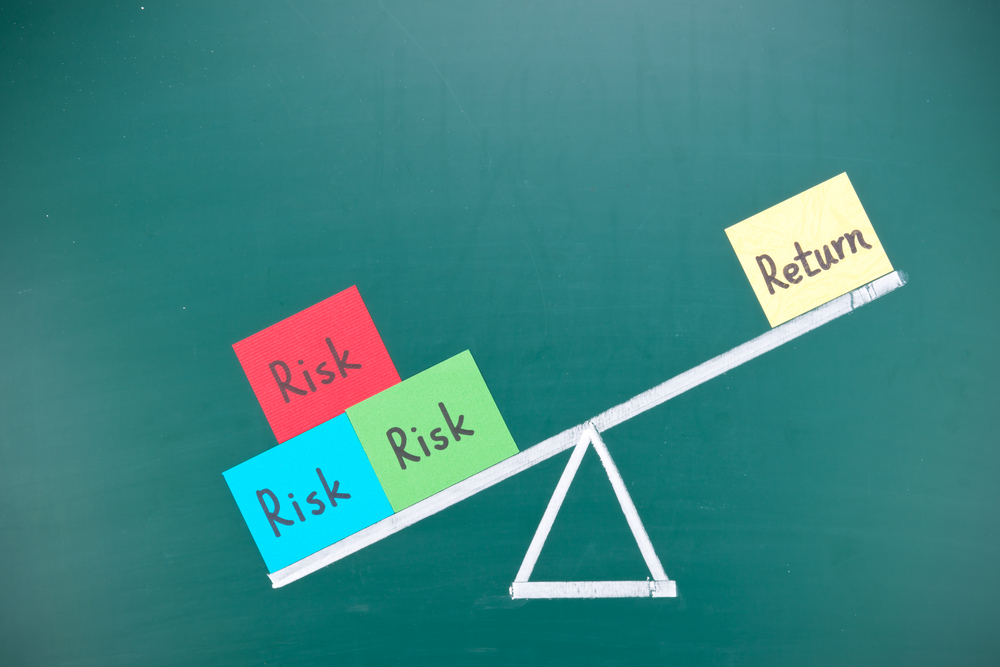Forex brokers should take their responsibilities seriously, that’s why most go to careful lengths to explain the process and the overall risks involved with trading to their customers. In fact the message and narrative regarding risk is often that harsh and stark you’d be forgiven for thinking that brokers are attempting to put potential clients off the business of trading.
However, there’s a reason why brokers need to point out the risks and it’s not simply to comply with the orders from the various authorities regulating the industry; most brokers have a vested interest in helping their clients become successful. Moreover, the warnings should be viewed in a positive light, particularly if associated with applying tight risk and money management metrics to your trading plan, which is always the foundation of profitable trading.
How many clients take the time out to read the risk warnings and take on board the full explanation? Sure, in typical fashion clients have to tick the box to agree that they’ve read the conditions and agree to the terms and conditions etc, but in reality most probably give the Ts& Cs as much attention as they do when, for example, opening an account on eBay. They’re that enthusiastic over the whole concept of trading, they’re in a rush to begin trading.
If you’re a novice trader then it’s worth taking a bit of time out to examine the risk warning in order to centre yourself and prepare yourself for the journey ahead. So let’s just walk ourselves through the typical risk warning you’ll see on most brokers’ sites, point out the pitfalls, whilst concentrating on how these negative warnings are in fact extremely helpful and positive statements.
“Trading FX on margin has a high level of risk and might not be suitable for all investors. The high degree of leverage involved when trading FX can work against you as well as for you. Before you commit to tradingFX carefully consider your: investment objectives, your level of experience, and your risk appetite as you could sustain a loss in excess of your initial investment. Please be aware of all the risks associated FX trading, seek advice from an independent financial advisor if you have any doubts.”
Margin and leverage
Consider what margin and levels of leverage you should be using. Most brokers allow you to select leverage amounts to suit your overall trading preferences and risk parameters. Similarly, the required margin required in your account to place a trade can be kept to a minimum to allow you to place an individual trade. The margin requirements your broker insists on should also heighten your awareness for the need to always use stops. Not mental stops, but physical hard stops.
Investment objectives, experience and risk appetite
Ask yourself a simple question, “why am I trading?” Is it to supplement your income, increase your investment returns (in a near zero interest rate banking world), or are you looking to eventually give up the 9 to 5, after developing your trading skills to a sufficient level? It’s worth concentrating on these key questions as the answers will determine many of the parameters outlining your overall risk.
Clients looking to take a living out of the market will have entirely different profit targets to those looking to increase their investment returns. The full time trader might need to aim for 1% account growth per week, the part time swing/position investor might be aiming for 15% return per annum, a huge improvement on the 2% maximum interest on offer from most national retail banks for modest deposits.
Seeking independent advice from a financial advisor
It’s highly unlikely that the firm or individual who helped you: get your mortgage, set up your pension, or advises you which bank account you might get a market busting 3 percent return on your $10,000 savings, will be up to speed on FX trading. At best they might advise on which equities to buy, whilst the equity markets are rising most days. These advisors generally wouldn’t know the difference between shorting the market or short trousers.
However, there are other experts you could ask, think friends, family or your spouse. Explaining to your partner that you’re thinking of trading the FX markets and you’ve done your research and trading on a demo account for six months. You’ve made a (virtual) return of 15% in that time. You’re not going to risk some savings set aside. You’ve got $25,000 savings, you’re only thinking of trading with $5,000 of those savings and your risk per trade will be 0.5% of your account size. In short you’ll be risking $25 per trade and will be setting a limit on your losses of 5% ($250) before evaluating if you’re really suited to trading as an activity.
If that’s your level of risk (after you’ve engaged in thorough research) then our job is done; you’ve fully understood the risk warning and the positive message it delivers.


